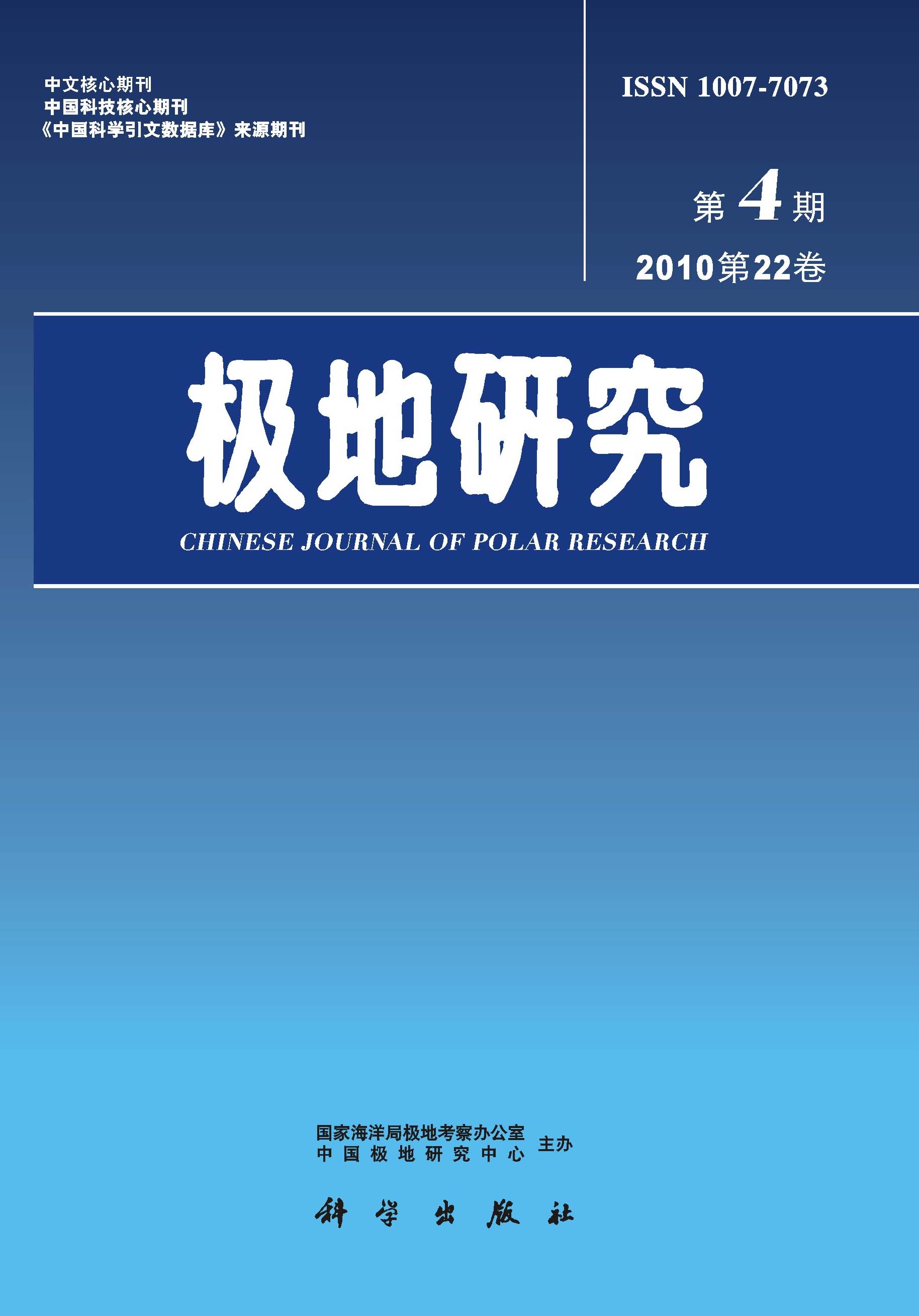Morphology and infraciliature of 3 endocommensal ciliates,Strombidium echini Song et al.,in press,Parauronemoides echini Song et al.,in press,Paracryptochilidium antarcticum Song et al.,in press,from the digestion tract of sea urchins in Antarctica (Weddell Sea) had been investigated during April,1992 and morphologically studied. The Parauronemoides echini is characterized by the bilateral flattened body shape,absence of the naked apical plate,shortened somatic kineties direct to the ventral surface and the twisted narrow buccal field.Paracryptochilidium antarcticum would be distinguished with the D formed bodyshape,buccal apparatus which is located to the posterior 1/4 of cell length ,the pedal like "branched " macronucleus and the absence of the caudal projection.Different from many other congeners,the dorso ventrally flattened Strombidium echini is of,very particularly ,one girdle and two postequatorial kineties.

